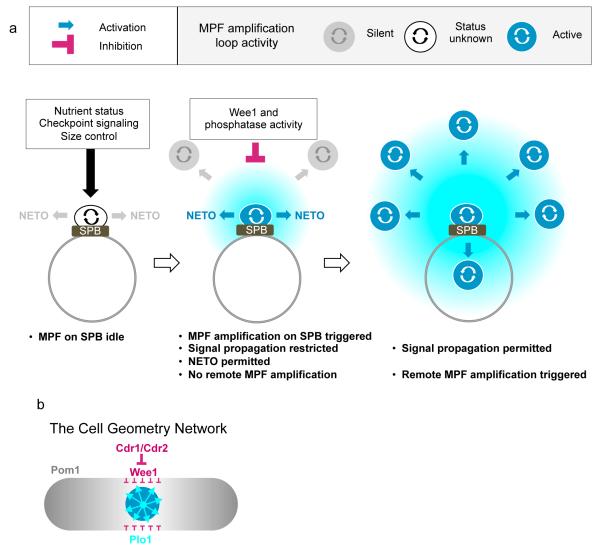Figure 5. Model of Feedback Loop activation on the SPB and its subsequent propogation throughout the cell to promote mitotic commitment.
a) The absence of a readout for MPF activity on the SPB in early G2 means that it is not possible to propose activity at this site before activation/enhancement promotes Plo1 turnover in late G2 (left). MPF feedback loop enhancement/activation on the G2 SPB subsequently triggers the pathway that ultimately leads to NETO, yet this level of G2 activation is insufficient to trigger mitotic commitment (centre). Mitosis is triggered later when there has either been a reduction in the level of inhibition by Wee1 or phosphatases such as PP2A and the Cdc14 homologue Flp1/Clp1 or loop activity is enhanced to exceed an inhibitory threshold, or a combination of the two (right). It is likely that the different pathways that impact upon the timing of mitotic commitment will target different parts of this switch. (b) The spatial organization of Plo1 activation on the SPB relative to the Pom1/Cdr1/Cdr2 pathway that couples tip extension to mitotic commitment29,30. Note that the close relationship between the position of the Cdr1/Cdr2/Wee1 nodes and the position of the nucleus that is established by the cycles of nuclear import/export of Mid1 places this inhibitory network directly over the SPB, putting it in the optimal location to dampen/neuter the pro-mitotic signal emerging from the SPB.

